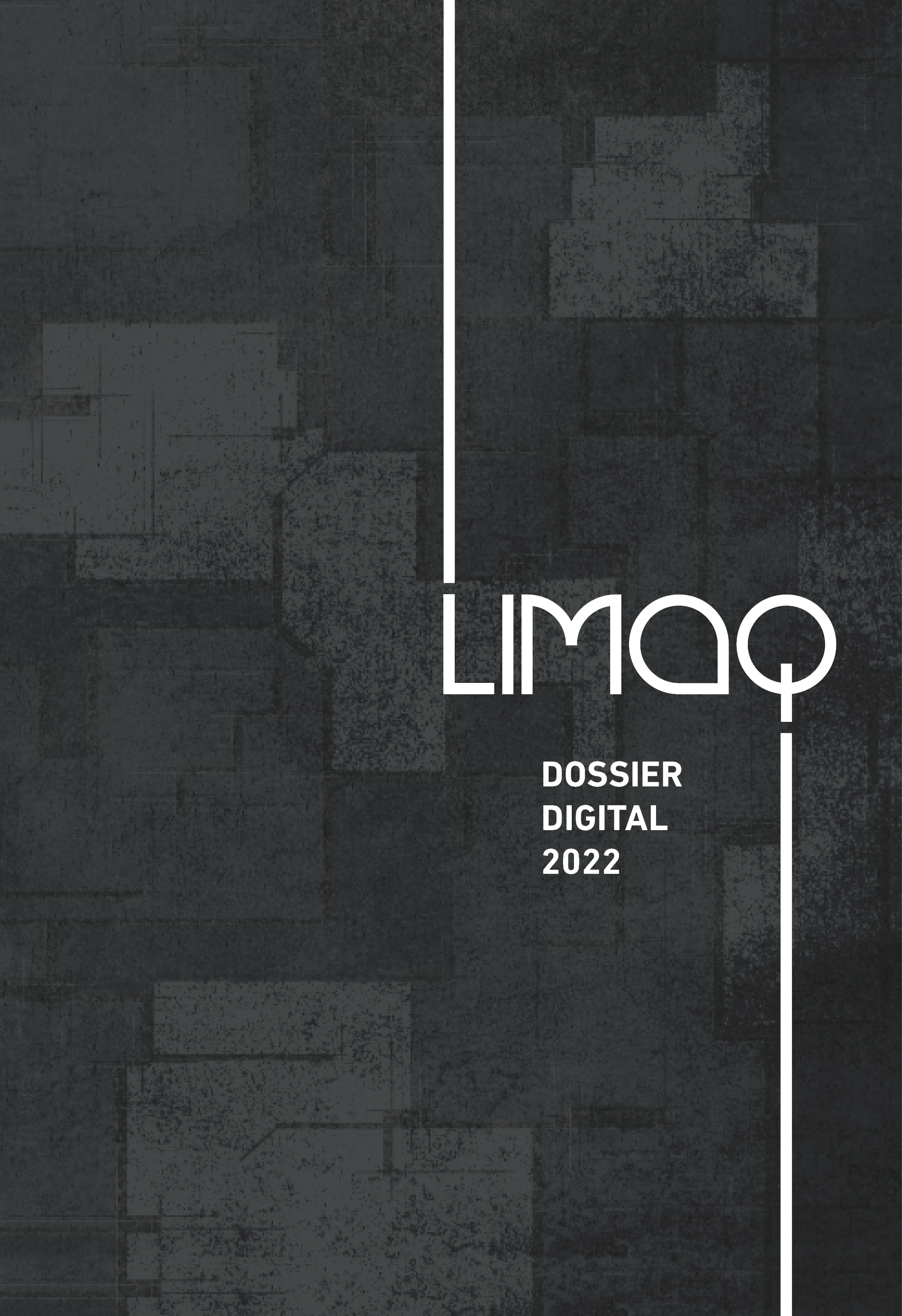Lima: a non-inclusive and insecure city
DOI:
https://doi.org/10.26439/limaq2022.n010.5379Keywords:
accessibility, adaptation, inclusion, safetyAbstract
One of the sustainable development goals for 2030 is to achieve inclusive, safe, resilient and sustainable cities. I am 67 years old and was born with low vision. My life in Lima has been happy, despite the fact that it is not an inclusive or safe city: I have encountered many obstacles, such as ditches, holes, sidewalks, columns and lightposts of different sizes and heights and with no signposting. The falls and blows have become simple anecdotes; but the truth is that Lima is a very dangerous city for people with low vision. The traffic lights do not provide any security, since their location does not help when crossing streets and avenues. In most buildings stairs are not signaled and there are no ramps. When I tell people that the steps should be marked, the answer is: “it doesn’t look pretty”. What is worth more aesthetics or universal accessibility?
Downloads
References
Banco Mundial. (s. f.). Ciudades inclusivas. https://www.bancomundial.org/es/topic/inclusive-cities
Ciudades y Gobiernos Locales Unidos (2019). Ciudades inclusivas y accesibles #CitiesAreListening. Eje del Cabildo Público. https://www.uclg.org/sites/default/files/ciudades_inclusivas_y_accesibles_documento_de_politica.pdf
Ministerio de Ambiente, Vivienda y Desarrollo Territorial de Colombia (2008). Guía de accesibilidad al espacio público y a edificaciones abiertas de uso público. https://observatorio.dadep.gov.co/documento/guia-metodologica-3-guia-de-accesibilidad-al-espacio-publico-y-edificaciones-abiertas-y-d



